The periodic table has now grown to 118 elements. We met some of the people who make them to find out how they do it, and what they will be doing next
Chemistry World visited the Lawrence Berkely National Laboratory and the Lawrence Livermore National Laboratory to meet some of the scientists who study superheavy metals. In this series of vidoes we ask them how they do it, how many more elements do they think they can make, and what led them to this field of study. They also tell us about their latest projects in which they will attempt to measure the masses of single atoms and perform chemistry on these short-lived elements.
Making superheavy elements
In this video, Ken Gregorich and Jackie Gates from Lawrence Berkeley National Laboratory explain how they make and detect superheavy elements.
Where will the periodic table end?
The latest elements to be discovered take the total to 118, but how much bigger will the periodic table get? Ken Gregorich of Lawrence Berkeley National Laboratory, and Dawn Shaughnessy of Lawrence Livermore National Laboratory – who was a member of the team behind three of the newest elements (moscovium, tennessine and oganesson) – give their opinions.
Doing experiments on superheavy elements
Some of the experiments that produce superheavy elements have production rates of less than one atom per week. The lifetime of this individual atom is 2 seconds at best but may be as little as one millisecond. Doing chemistry with these elements is difficult. But that is not stopping Dawn Shaughnessy and John Despotopulos of Lawrence Livermore National Laboratory. The results could challenge the structure of the periodic table.
more soon…

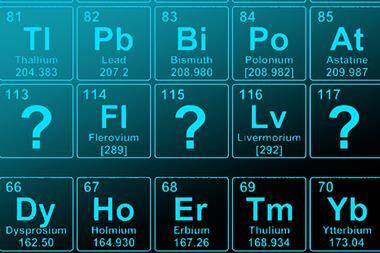
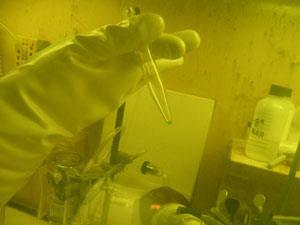
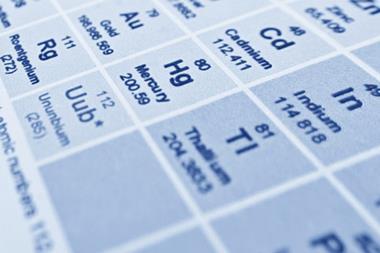
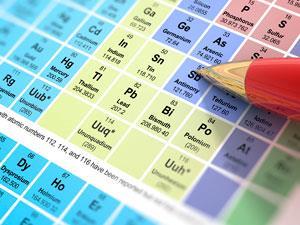
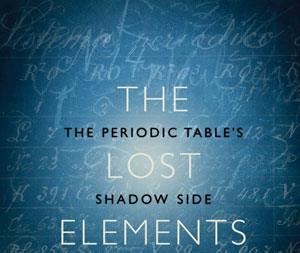






1 Reader's comment